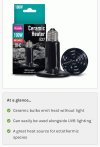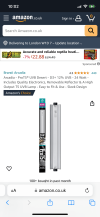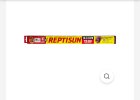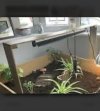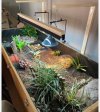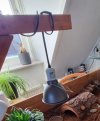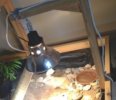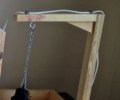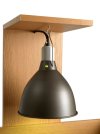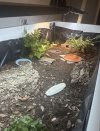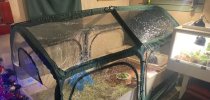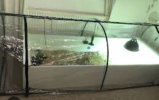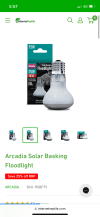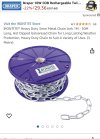Hello,
I am moving soon and the good news is our 3 year old Redfoot tortoise (about 8 inches by 6 inches) can get an upgrade. I was hoping for suggestions from the community on the latest and greatest purchase-able habitats. While he often roams during the day, we do put him away at night and his current enclosure is a very large fish tank with a ramp, upper level and hide area that I built myself. I use automatic sensors to keep his temperature and humidity in line.
I'd like to upgrade to something more official. I have seen some interesting links for "critter condos", "reptile enclosures" ... "terrariums" so I just wanted to quickly poll the community for what is out there, or understand if DIY is the way to go. I'm open to spending since this will be his home for a long time. Thank you!
I am moving soon and the good news is our 3 year old Redfoot tortoise (about 8 inches by 6 inches) can get an upgrade. I was hoping for suggestions from the community on the latest and greatest purchase-able habitats. While he often roams during the day, we do put him away at night and his current enclosure is a very large fish tank with a ramp, upper level and hide area that I built myself. I use automatic sensors to keep his temperature and humidity in line.
I'd like to upgrade to something more official. I have seen some interesting links for "critter condos", "reptile enclosures" ... "terrariums" so I just wanted to quickly poll the community for what is out there, or understand if DIY is the way to go. I'm open to spending since this will be his home for a long time. Thank you!
